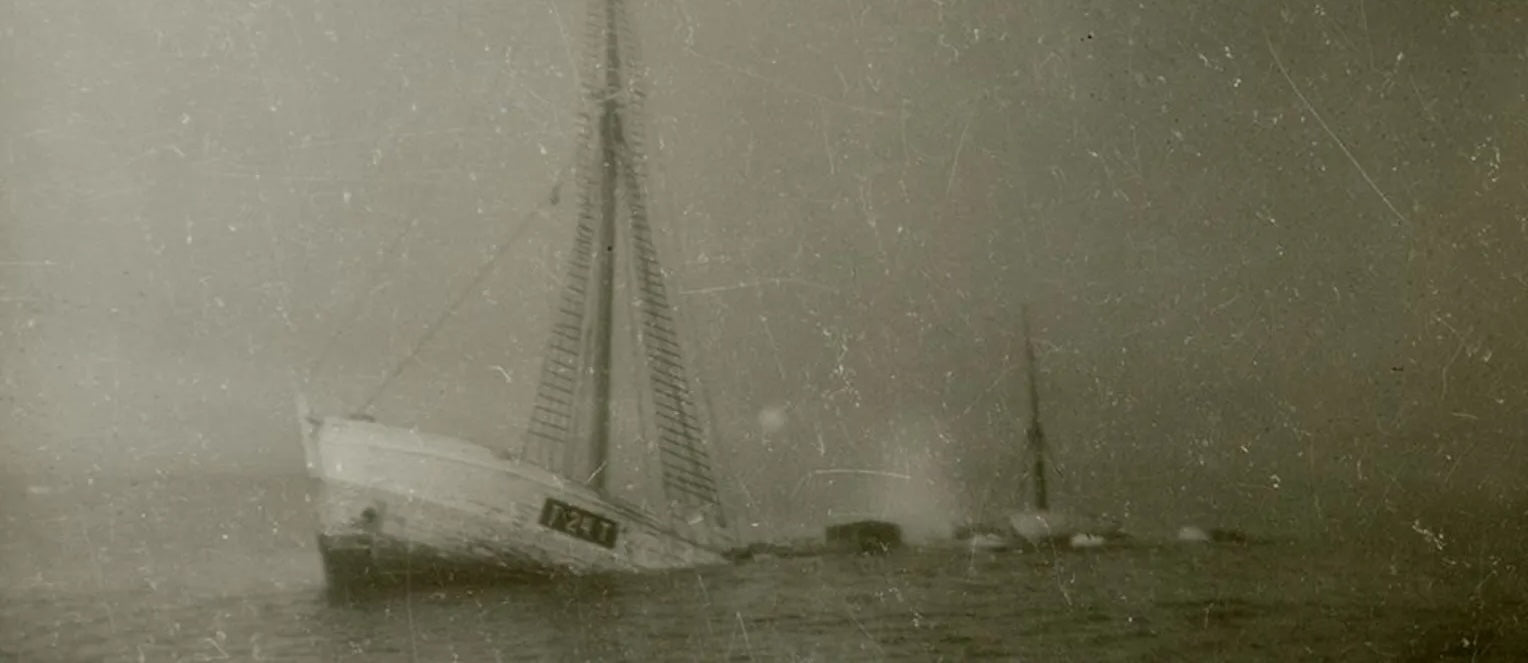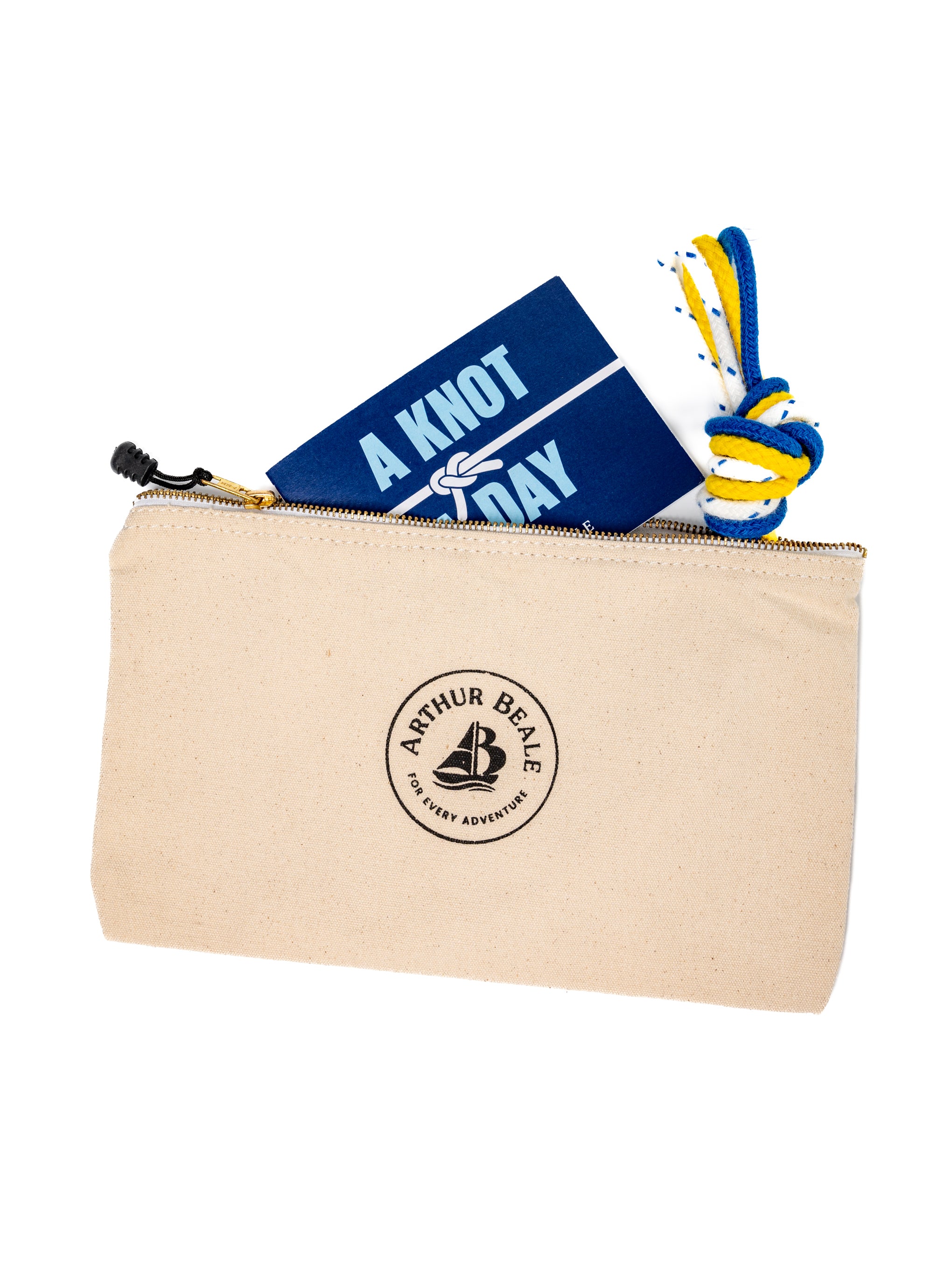
The Incredible Discovery of Shackleton's Ship, Quest: A Journey Through Time and Ice
In the depths of the Labrador Sea a discovery has been made that has sent ripples through the world of maritime enthusiasts. Sir Ernest Shackleton’s legendary ship, the Quest, has been found on the seafloor off the coast of Newfoundland, Canada. A story which was frozen in time has now been awakened for a new generation of sailors and adventurers.
The History of Quest
Sir Ernest Shackleton, who was a customer at Arthur Beale during his exhillarating career as an explorer, embarked on what would be his final expedition aboard the Quest in 1921 as part of the Shackleton–Rowett Expedition (1921–22).

Little did he know, this voyage would mark the end of an era, as Shackleton suffered a fatal heart attack aboard on 5 January 1922 at the age of just 47, his spirit forever entwined with the icy realms he so passionately sought to uncover.
"His final voyage kind of ended that Heroic Age of Exploration, of polar exploration, certainly in the south," said eminent shipwreck hunter David Mearns, who led the successful search operation. "Afterwards, it was what you would call the scientific age. In the pantheon of polar ships, Quest is definitely an icon," he told BBC News.
After Shackleton's death, the Quest participated in several significant expeditions including the 1930-31 British Arctic Air Route Expedition which was led by British explorer Gino Watkins (another Arthur Beale customer), who tragically died at the age of 25 while exploring Greenland. The Quest was also used in Arctic rescues and served in the Royal Canadian Navy during WWII, where it served as a minesweeper in the Caribbean.
In its final days, the Quest was employed by Norwegian sealers. It sunk when thick sea-ice pierced its hull. Ironically, this was the same fate that befell Shackleton's Endurance during his ill-fated Imperial Trans-Antarctic Expedition of 1914–1917. To learn more about the Endurance expedition and Arthur Beale's relationship with it click here.

Image: Crushed by sea-ice, Quest went down stern first whilst on a seal hunting voyage in the Labrador Sea in 1962. The entire crew were rescued.
Fortunately, the crews of both the Endurance in 1915 and the Quest in 1962 survived. Many of the men who escaped the sinking of the Endurance went on to join Shackleton's last polar mission in 1921-1922 aboard the Quest.
Unearthing the Frozen Relic
The remains of the Quest, a 38m-long schooner-rigged steamship, were discovered at the bottom of the Labrador Sea by a team led by The Royal Canadian Geographical Society (RCGS).
The wreck is sitting almost upright on a seafloor which has been scoured at some point in the past by the passing of icebergs. The main mast is broken and hanging over the port side, but otherwise the ship appears to be broadly intact. Sonar equipment found it in 390m (1,280ft) of water, located 15 nautical miles from shore.

Image: Sonar image of the sunken ship
“It was a bit of a detective story initially,” said search director David Mearns, a shipwreck hunter who was also involved in the decades-long project to locate the Endurance. “I thought, personally, we had a shot, maybe a 70% chance of finding it.”
The RCGS team conducted extensive research to locate the Quest's final resting place. They gathered information from navigation records, photographs, ship logs, and documents from the inquiry into her loss.
With all this information at hand, the team's sonar equipment located the wreck five days into the search. “The masts are knocked down and that’s what we would expect, but the whole basically is intact,” said Mearns.
"Right now, we don't intend to touch the wreck. It actually lies in an already protected area for wildlife, so nobody should be touching it," associate search director Antoine Normandin said. "But we do hope to go back and photograph it with a remotely operated vehicle, to really understand its state."
The Legacy of the Quest
Shackleton continues to enthrall maritime enthusiasts more than a century after his untimely death.
Hundreds of people visit his grave on South Georgia every year to pay their respects to the man who was known by his crews as simply "The Boss".
"Shackleton will live forever as one of the greatest explorers of all time, not just because of what he achieved in exploration but for the way he did it, and the way he looked after his men," said David Mearns.
The Shackleton-Rowett expedition, often referred to as the Quest expedition, is known as the final chapter in the Heroic Age of Exploration. After the Quest's return from this expedition and Shackleton's death, there was a seven year hiatus of significant expeditons to Antarctica. The expeditions that followed after this were instead marked under the "Mechanical Age of Exploration" which was characterized by technological advancements made possible during World War One. Antarctic exploration continued, but with additional gadgets and “luxuries”. For example, crow’s nests became electrically heated and the lookouts wore heated overalls. Wireless sets and automatic route plotters became commonplace. The Heroic Era of intense endurance and survival had come to an end, but the legacy of those brave pioneers, often figureheaded by Sir Ernest Shackleton, continues to inspire scientists, researchers and adventures alike to this day.
Today, an international agreement exists to ensure Antarctica is a place occupied purely for the pursuit of research. The scientific legacy of Quest and expeditions before it lives on.
The Everlasting Allure of the Sea
As we celebrate the discovery of the Quest we are reminded of the timeless allure of the sea. It calls to us with promises of adventure, discovery, and the chance to become part of something greater.
So, hoist your sails, chart your course, and let the spirit of Shackleton inspire you.
Embark on your own quest with Arthur Beale, and who knows what incredible discoveries await you on the horizon?












Leave a comment
This site is protected by hCaptcha and the hCaptcha Privacy Policy and Terms of Service apply.